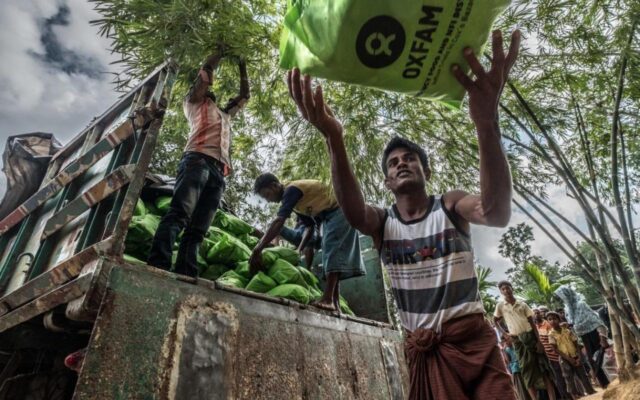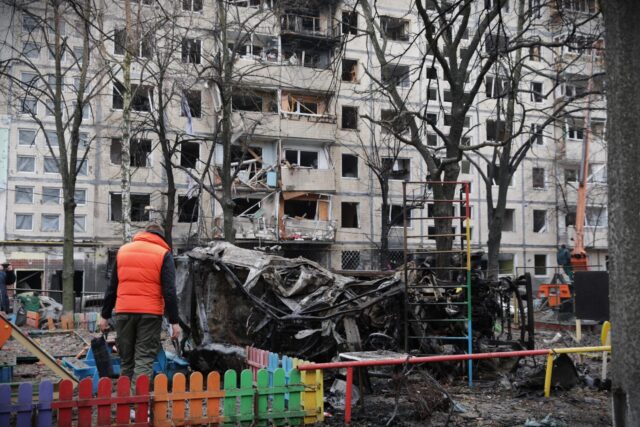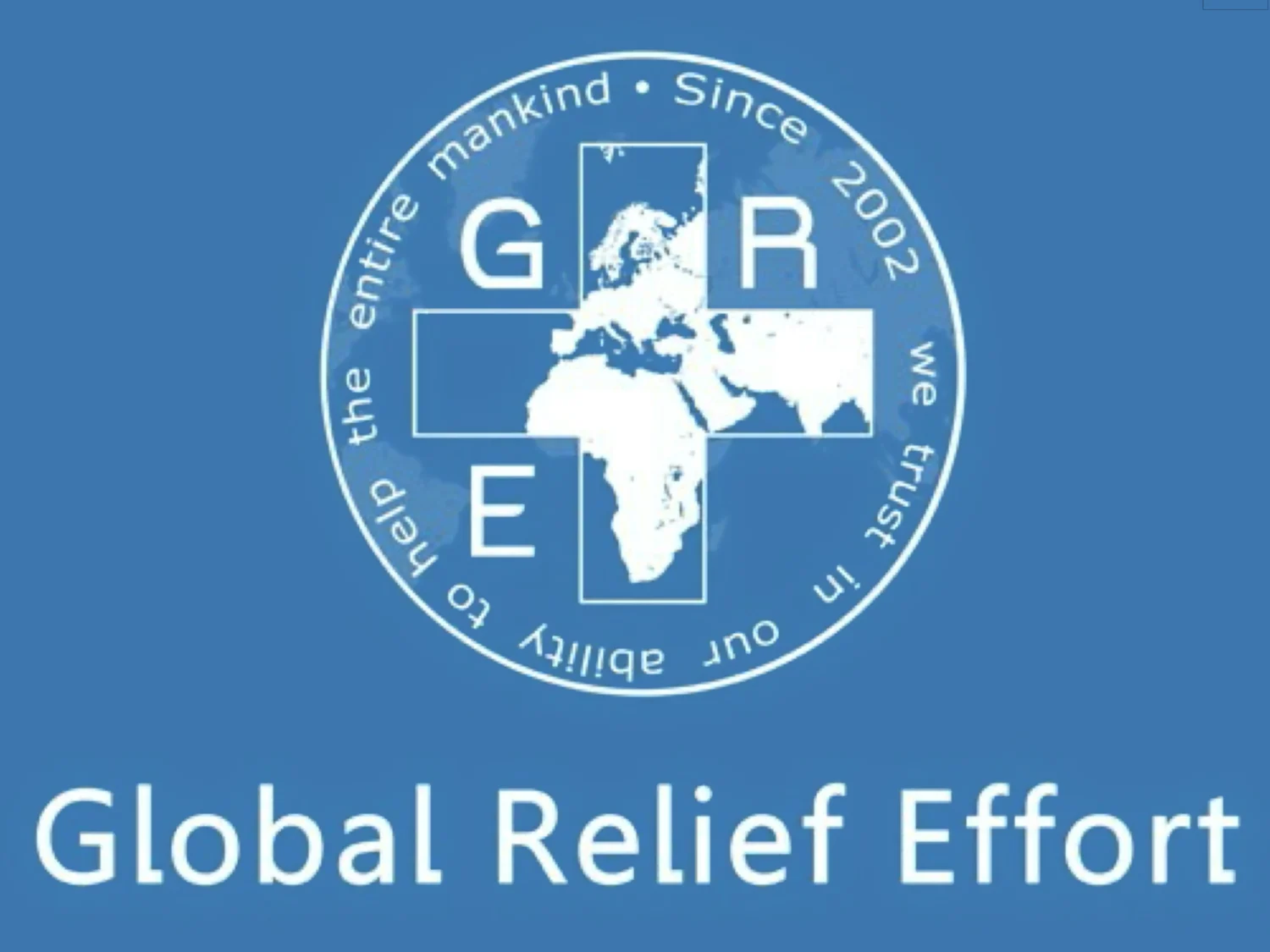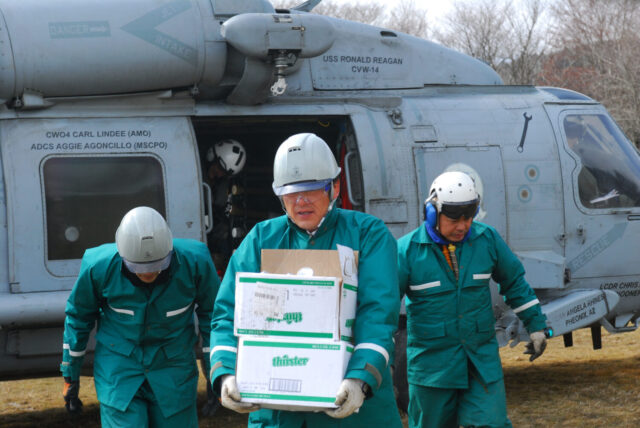
When disasters like earthquakes, hurricanes, or floods strike communities around the world, it often sparks an immense outpouring of aid and assistance from other nations, private organizations like Brothers Brother Foundation and individuals.
Whether the crisis is a raging typhoon in Asia, a catastrophic mudslide in South America, or a refugee emergency in Africa, the international community frequently bands together to provide much-needed disaster relief and support to hard-hit regions.
Mobilizing Emergency Resources in the Aftermath

In the immediate aftermath of natural disasters like earthquakes or hurricanes, or humanitarian emergencies like famine or conflict-driven refugee crises, the priority is getting adequate food, water, shelter, and medical care to the affected populations. Large, experienced global disaster relief organizations that specialize in emergency disaster response often have the capability to arrive extremely quickly, providing supplies and personnel to stabilize dire situations.
As the full scale of destruction becomes clearer in the days after catastrophe hits, the national government of the affected country will frequently appeal to other nations and global partners for international aid and assistance. This appeal mobilizes major disaster relief funding from foreign countries’ aid agencies and ministries. Resources like emergency food, medical supplies, construction materials and vehicles to traverse debris are collected and shipped en masse.
Collaborative Recovery Efforts Over the Long Term
As the initial emergency response winds down and the spotlight fades, the emphasis shifts from triage to rebuilding, both physical infrastructure like homes, hospitals, schools, roads and social infrastructure like livelihoods, educations, jobs, and normalcy. After compounding losses from the disaster itself and the disruption of daily life that follows, affected families and communities face a long uphill climb to recover.
With hospitals demolished, roads impassable, schools in rubble, and homes leveled, people struggle to resume their educations, jobs, businesses, and any sense of regular life. Recognizing both the physical and emotional needs of survivors, global relief charities, donors large and small, and foreign governments frequently make commitments to long-term redevelopment aimed at helping devastated communities get back on their feet.
Recovery from catastrophe often comes down to rebuilding one project at a time. For example, certain communities may see all schools fully reconstructed through partnerships between foreign education-focused charities and the host country’s education ministry. The charity provides funds and designs, while the government handles contracting local firms and construction. So schools reopen district by district, getting children back on track even if much else remains in ruins.
In parallel, clusters of storm-resistant homes may be rebuilt in especially hard-hit zones through the framework of bilateral governmental agreements. One nation’s aid ministry funnel disaster relief funds to pay for building materials and machining equipment shipped overseas by their trade ministry. Meanwhile, the host government designates priority areas for developers to construct durable, adapted housing approved for the climate.
The Spirit of Our Shared Humanity
When news cameras and social media shift focus to the next crisis, it becomes tempting to assume survivors left in the wake of catastrophe simply fade away. But ordinary individuals from afar continue donating five or ten dollars apiece to recovery efforts, just a small sum but mighty in aggregate. Celebrity benefit concerts and galas eventually raise funds in the tens of millions. Country-to-country governmental assistance keeps flowing in, rebuilding communities year after year, however gradually.
Coordination Challenges in Global Relief Efforts

Effective coordination in global relief efforts is crucial to ensure timely and efficient aid delivery. Challenges arise from the sheer complexity of coordinating numerous organizations, governments, and resources from around the world. Logistic hurdles, communication gaps, and varying response capacities can hinder the rapid deployment of aid to affected areas.
Furthermore, balancing immediate relief with long-term recovery efforts poses a challenge, requiring careful planning and cooperation. Achieving a seamless and well-organized response necessitates improved coordination mechanisms, standardized protocols, and training for responders to address these challenges head-on.
Emphasizing Disaster Preparedness and Risk Reduction
Disaster preparedness and risk reduction are essential components of mitigating the impact of future catastrophes. Investing in preparedness measures, such as early warning systems, evacuation plans, and community training, can save lives and reduce the scale of disasters. These efforts should be prioritized at national and local levels, with a focus on vulnerability assessments and resilience building.
By emphasizing disaster preparedness, nations can reduce the need for extensive relief efforts and minimize the devastating consequences of natural and humanitarian emergencies, fostering a proactive approach to disaster management and risk reduction.
Cultural Sensitivity in International Aid
Cultural sensitivity plays a pivotal role in international aid, ensuring that relief efforts respect and align with the customs, values, and beliefs of affected communities. Recognizing and understanding cultural nuances is crucial to building trust and fostering cooperation with local populations. This approach enhances the effectiveness of aid programs by tailoring them to meet specific needs and preferences.
Culturally sensitive aid programs promote inclusivity and avoid inadvertently causing offense or harm. Therefore, organizations and governments involved in disaster response must prioritize cultural sensitivity as an integral part of their humanitarian efforts, reflecting a commitment to respecting the dignity and autonomy of the communities they serve.
Assessing the Long-Term Impact of Relief Efforts

Assessing the long-term impact of relief efforts is essential to ensure that aid provided leads to sustainable recovery and development. While immediate relief is critical, it is equally important to evaluate how assistance influences the affected region over time. Long-term assessments should encompass economic, social, and environmental dimensions, examining factors like employment opportunities, infrastructure restoration, and community resilience.
By conducting thorough evaluations, organizations and governments can identify successful strategies and areas requiring improvement, ultimately enhancing the effectiveness of future disaster response and recovery efforts. This ongoing assessment process helps ensure that communities not only rebuild but also thrive in the aftermath of tragedy.
Conclusion
The ongoing outreach by ordinary people to strangers a world away serves as a reminder that beyond our superficial differences in language, culture, location, or prosperity, we all identify with one another’s suffering and want to help ease the burden. Through great goodwill, global tragedy thus transforms into local care.









